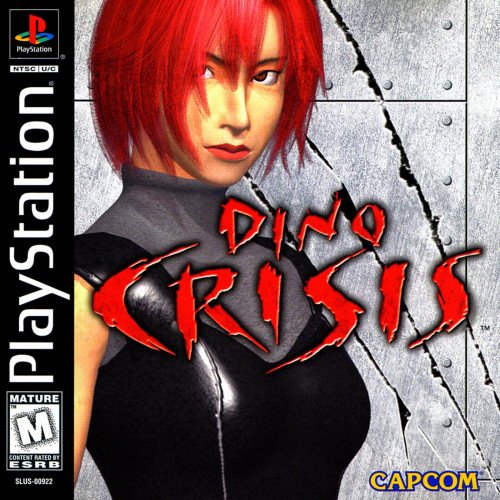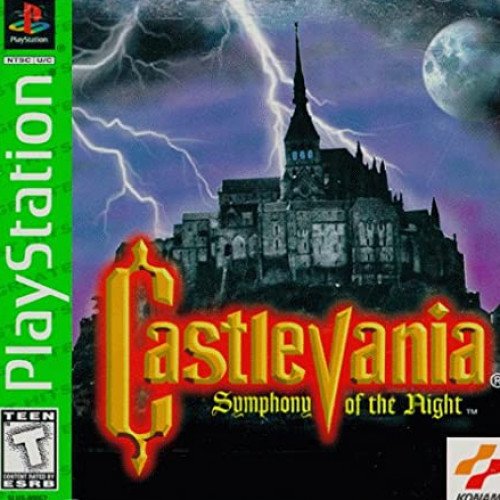The Best PS1 Games of All Time

Dino Crisis
Dino Crisis[a] is a survival horror video game developed and published by Capcom originally for the PlayStation console in 1999. It is the first installment in the Dino Crisis series and was developed by the same team behind Capcom's Resident Evil series, including director Shinji Mikami, and shares many similarities with it. The story follows Regina, a special operations agent sent with a team to investigate a secluded island research facility. Finding the place overrun with dinosaurs, Regina must fight through the facility to discover its secrets and ultimately escape alive with her team. Instead of the pre-rendered backgrounds of the Resident Evil games that preceded it, Dino Crisis uses an original real-time engine with 3D environments. Gameplay features traditional survival horror mechanics including action and puzzles, and it was developed to have more consistent visceral terror with the dinosaurs being quick, intelligent, and violent. Capcom would later market the game as "panic horror" as opposed to "survival horror" due to these design changes. The team used carnivorous animals as references for animating the dinosaurs and programming their behaviors. Mikami's vision for the game was not completely fulfilled, as he wanted to develop more complex dinosaur artificial intelligence. However, he did believe the team was able to create sufficiently detailed environments despite hardware limitations. Dino Crisis was a critical and commercial success, with the PlayStation version selling over 2.4 million copies. Critics drew heavy comparisons to Resident Evil, with some describing it as "Resident Evil with dinosaurs". They also praised the game's intensity, graphics, and gameplay. Some criticism was directed towards the lack of dinosaur variety, repetitive environments, and tedious puzzles. Dino Crisis was ported to Dreamcast and Windows in 2000, and was re-released for the PlayStation Network in 2006. Two different versions for the Game Boy Color were in development, but both were cancelled.
Statistics for this Xoptio

Castlevania: Symphony of the Night
Castlevania: Symphony of the Night[a][2] is an action-adventure game developed and published by Konami in 1997 for the PlayStation.[3] It was directed and produced by Toru Hagihara, with Koji Igarashi acting as assistant director. It is the sequel to Castlevania: Rondo of Blood, taking place four years later, and is the 10th entry into the Castlevania series. It features Dracula's dhampir son Alucard as the protagonist, rising from his slumber to explore Dracula's castle which has re-appeared after Richter Belmont vanished.[4] It marks a break from previous games in the series, re-introducing the exploration, non-linear level design and role-playing elements first experimented with in Simon's Quest.[5] The game's commercial performance was initially mediocre, but it later gained sales through word-of-mouth and became a hit, selling over 700,000 units in the United States and Japan. It has been re-released on several consoles. Symphony of the Night uses 2-dimensional side-scrolling gameplay.[6] The objective is exploring Dracula's castle to defeat an entity who is controlling Richter Belmont, the self-proclaimed lord of the castle and hero of the events which took place in Castlevania: Rondo of Blood. The entity can only be seen with a particular item obtained during gameplay. Once it is defeated, the second portion of the game is revealed, eventually leading to the final battle with a newly awakened Dracula.[7] The game is non-linear, but most of the castle is inaccessible until various items and abilities are collected, including shapeshifting into a bat, wolf, or mist.[8] As the player uncovers more of the castle, a map is updated to show progress.